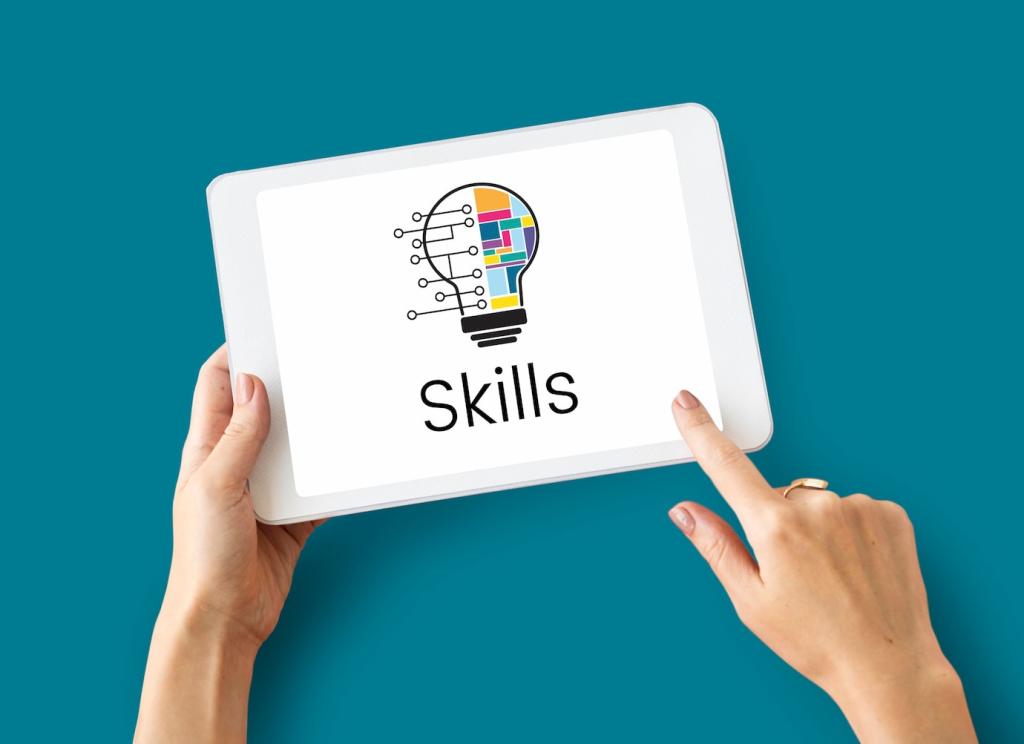Common Barriers and How to Overcome Them
Bias filters what we hear. Counter it by asking, “What evidence would change my mind?” or, “What might I be missing?” Invite disconfirming data with genuine curiosity. Post one question you’ll use this week to challenge assumptions and broaden the conversation’s horizon.
Common Barriers and How to Overcome Them
Notifications fracture attention and dilute Active Listening Techniques. Create a visible norm: phones face down, tabs closed, do-not-disturb on. Schedule short focus blocks for message checks later. Tell your team the boundary, then share how your listening quality and outcomes improved.










